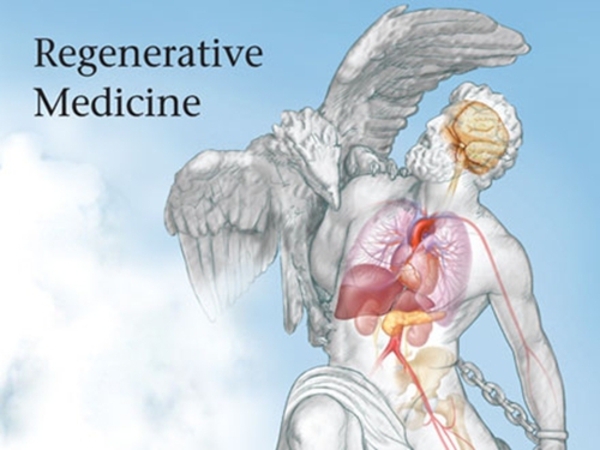You may have heard the term “regenerative medicine” tossed about but aren’t sure what it means. This type of medicine is concerned with finding a way to utilize the clout of the body to heal itself and then duplicate this process clinically.
The body has an inborn reaction, when it is injured or wounded by disease and that reaction is to defend the body and heal the body. Researchers, scientists and physicians involved in this particular field of medicine want to be able to help the body heal itself and defend itself from disease by using stem cells and cellular therapy.

The medical field of regenerative medicine is striving to figure out how to re-establish structure and function of tissues and organs that have been damaged by disease or injury.
This area of medicine is also focused on finding solutions for permanently damaged organs and discovering a way to cure injuries and diseases that are, or were, considered not curable.
Stem Cells Are Important for Regenerative Medicine.
Stem cells are an integral part of regenerative medicine. When parents of a newborn collect blood from the umbilical cord and have it properly stored in a cord-blood bank it is available for use later on if the child becomes ill.
The umbilical cord contains blood vessels that have approximately ½ cup of blood in them and this blood has stem cells in it.
Regenerative medicine scientists, researchers and physicians are aware that stem cells can serve as a mending means for tissues that have been damaged or even destroyed due to wear and tear, disease and trauma.
Experts in this field note that 99 percent of potentially lifesaving assets are tossed into the trash after a woman gives birth and this includes the umbilical cord, which is tragic.
Cord blood can be re-programmed and it is hoped that within the next decade that cord stem cells can be used to treat diabetes, strokes and heart attacks and possibly even neuro-degenerative diseases.
Cord blood is already used in therapy regimens, treating those with sickle-cell anemia, marrow failure, immunodeficiency, cancer and genetic diseases where transplants are required.
Improving Quality of Life
Those involved in regenerative medicine are intent on improving the quality of life for those who have been afflicted with a catastrophic disease or have sustained horrific injuries to their organs.
One of the greatest accomplishments so far is the ability to grow a urinary bladder in a clinical setting using cells from the patient. When a person cannot control or even use their bladder, which is the case for those with spina bifida, the prospect of having a bladder that works is remarkable.
This has been achieved and the first ever lab-grown organ transplant was successfully placed into a human. Essentially an artificial organ was created using the patient’s own cells and replaced the damaged bladder.
Growing Heart Valves
Those involved in regenerative medicine have already figured out a way to grow heart valves from human cells, which is a huge accomplishment and is a Godsend for those suffering from heart disease.
When a heart valve comes from a patient’s own cells this means he is not going to reject it because it is not foreign material. It is the goal of regenerative medicine to reach the point where heart valves can be repaired without surgery.
Childhood Leukemia
When a child undergoes treatment for leukemia, their healthy cells are, unfortunately, destroyed along with the cancerous cells.
A marrow donor can provide new cells to the child but sometimes it is difficult to find a donor that is well-matched with the child. If the child’s parents saved and stored the child’s umbilical cord in a cord-blood bank the blood vessels from that cord that contain stem cells can be used to regenerate the child’s body.
Stem cells help an individual’s body repair itself. This is called cellular therapy and is a huge part of regenerative medicine.
Aurora May writes for Family Cord on topics related to the use of cord blood, and the benefits of cord blood banking and cord blood storage

